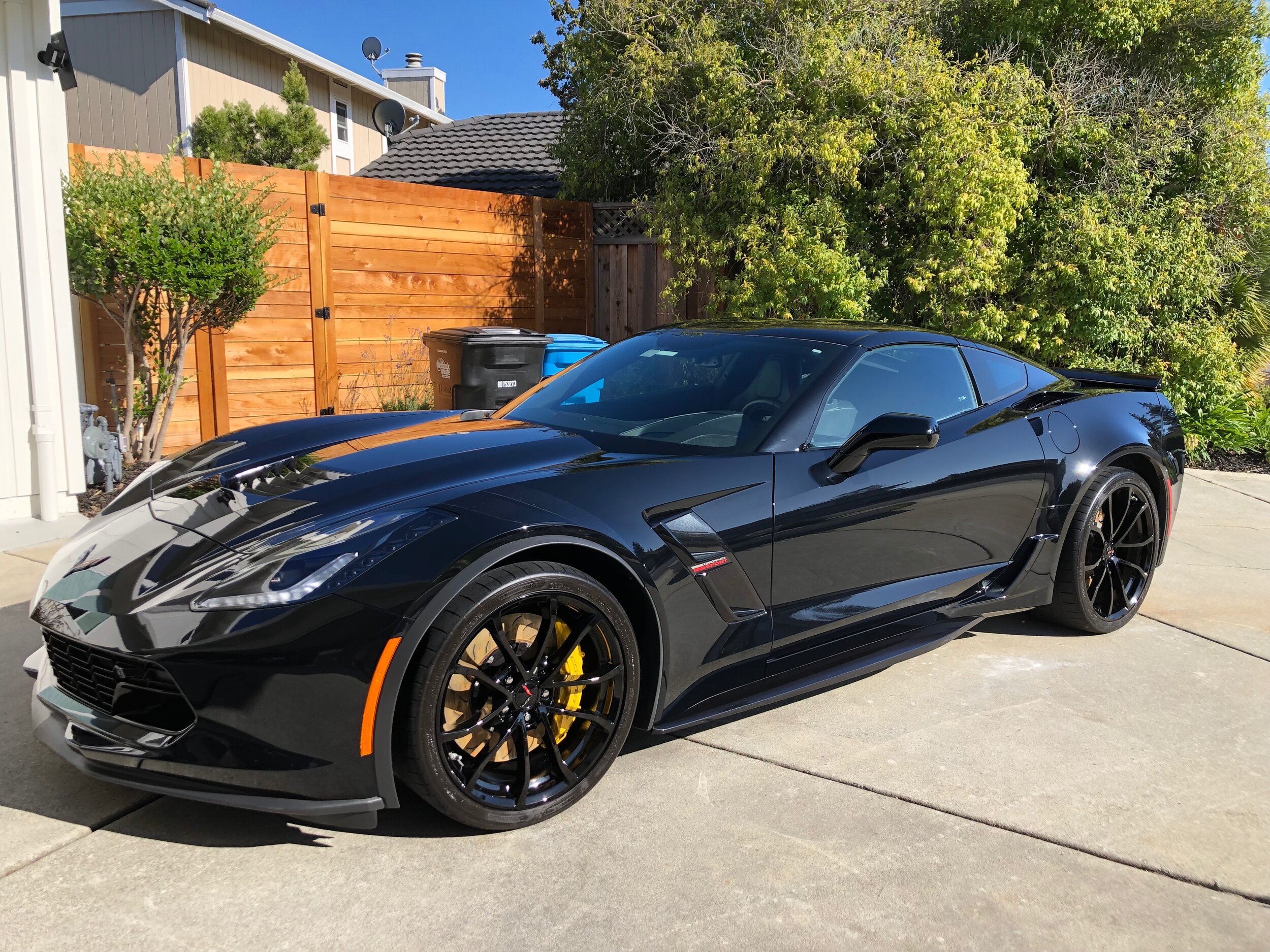PAINT CORRECTION
Paint correction is a term that is now commonly used by both professional car detailers and car cleaning enthusiasts worldwide to describe the process of restoring and rejuvenating the paintwork of a vehicle, mostly through the elimination of surface imperfections, that dull, oxidize, or haze the surface by reflecting light off in various directions, therefore detracting from a true and proper, clean, sharp, reflection. These imperfections include things like swirl marks & fine scratches, bird dropping etching & acid rain etching, hologramming & buffer trails, and random isolated deep scratches (or RIDS).
The term paint correction should only really be used if these imperfections are properly removed and are not just merely covered up or hidden with filler based products. The actual corrective process itself comprises of a small amount of clear coat or paint being removed from the surface with the use of abrasive polishes, which are applied and worked in with appropriate polishing machines, in order to level out the surface.
Before any paint correction is undertaken, a thorough wash and decontamination of the vehicle is performed. Paintwork is properly washed and cleaned to remove any loose dirt and debris, then after the wash process is clayed with a specialist automotive clay bar, which safely removes any bonded surface contaminants such as tar spots and industrial fallout.
It is important these contaminants are removed before the paint correction process because if they were to become dislodged and caught up in the pad of a polishing machine, they could easily inflict damage onto the surface very quickly. It also helps to leave the surface very smooth, which in turn, allows the polishing machine to move freely over the surface, reducing the possibility of hopping or sticking occurring. Lastly, claying the paintwork helps you to properly observe the progress of the correction process because you can see the true condition of the surface as you are working.
The polishing is usually a multistage process as a range of different grades of polish are used, ranging from heavier cutting compounds, which remove the surface material, to finer products which then remove any marks that the heavier products may have inflicted and generally refine the finish. During the paint correction process it is common for a paint depth gauge to be used.
This measures the thickness of the paint on the metal panel and is used before, during and after the process to monitor how much material is being removed and ensure an excess is not removed which could leave the paint too thin or even cause irreversible damage such as a strike through the paint. Specialist halogen or LED lamps which replicate the effect of direct sunlight on the surface are also used during the process to check the condition of the paintwork and see how successfully the surface scratches and imperfections are being removed.
Some scratches or imperfections may actually be too deep or severe to safely remove without risking removing to much surface paint or clear coat and so are minimized and reduced as best as possible using techniques with the machine polisher and polish products that round off the edges of the scratches and make them far less apparent in direct light.
After correction, the panels are wiped down with an isopropyl alcohol which removes any oils that may have been left over from the polish and reveals the true finish, including any areas that may have been missed or require a little more work. Once complete, fully corrected paintwork will shine brilliantly and produce stunning reflections because there are now no longer any scratches and imperfections to scatter and reflect the light rays off in different directions.
Paint correction is a very labor intensive process and is usually the most time consuming part of the car detailing process. Consequently, it commands high premiums from professional detailers & car cleaners, and amateurs or enthusiasts should only attempt to correct their own paintwork if they are completely confident in doing so or have enough experience to carry it out safely.
Before
After





